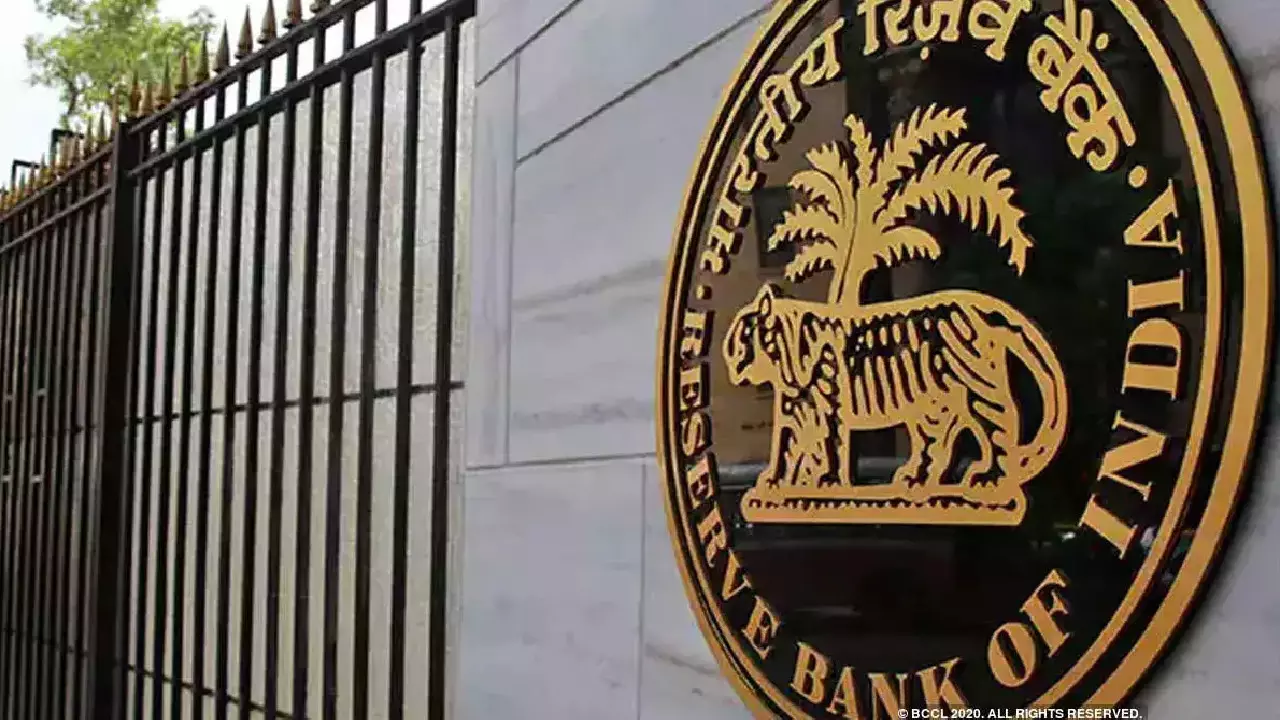RBI Should Allow Greater Rupee Volatility: Viral Acharya
Former RBI Deputy Governor Viral Acharya suggests allowing greater rupee volatility to encourage private hedging and reduce reliance on central bank interventions. Insights into RBI policies under new Governor Sanjay Malhotra amidst market pressures and rising USD-INR volatility.
RBI Should Allow Greater Rupee Volatility: Viral Acharya

Former Reserve Bank of India (RBI) Deputy Governor Viral Acharya has called for a more relaxed approach to managing the rupee’s volatility, emphasizing the importance of allowing some fluctuations in the currency. His remarks come amidst speculation about whether the new RBI Governor, Sanjay Malhotra, will continue the interventionist stance of his predecessor.
Key Highlights:
Controlled Volatility Is Beneficial
Acharya stated, “You don’t need to kill volatility to manage excessive volatility.” He argued that maintaining a baseline level of currency fluctuation encourages private hedging, reducing the central bank’s need to absorb all risks.
Policy Continuity Under New Leadership
Markets are closely watching Governor Malhotra’s approach to currency management. Under the previous leadership, the rupee was among the most stable currencies in emerging Asia despite reaching record lows, making it a favorite for carry trades due to its high yield.
Recent Volatility Trends
While the rupee has been relatively stable in recent years, it has faced increased pressure recently, nearing the ₹86 mark due to a strong dollar and a widening trade deficit.
Historical Perspective
Reflecting on his tenure (2017–2019), Acharya explained that during periods of global economic stress, including escalating US-China trade tensions and rising US interest rates, the RBI decided not to overextend itself in defending the rupee. Instead, moderate depreciation was allowed to absorb macroeconomic pressures.
Foreign-Exchange Reserves
India’s forex reserves, which reached a record $705 billion in September, have since declined to $640.3 billion as of December 27. Acharya warned against rapid depletion of reserves, noting it could send negative signals to the market regardless of reserve size.
Implications for the Rupee's Future
Acharya’s perspective highlights the need for a balanced approach to currency management, allowing natural market adjustments while avoiding over-reliance on central bank interventions. As global economic challenges persist, the RBI’s policy decisions under Governor Malhotra will play a crucial role in shaping the rupee’s trajectory.

